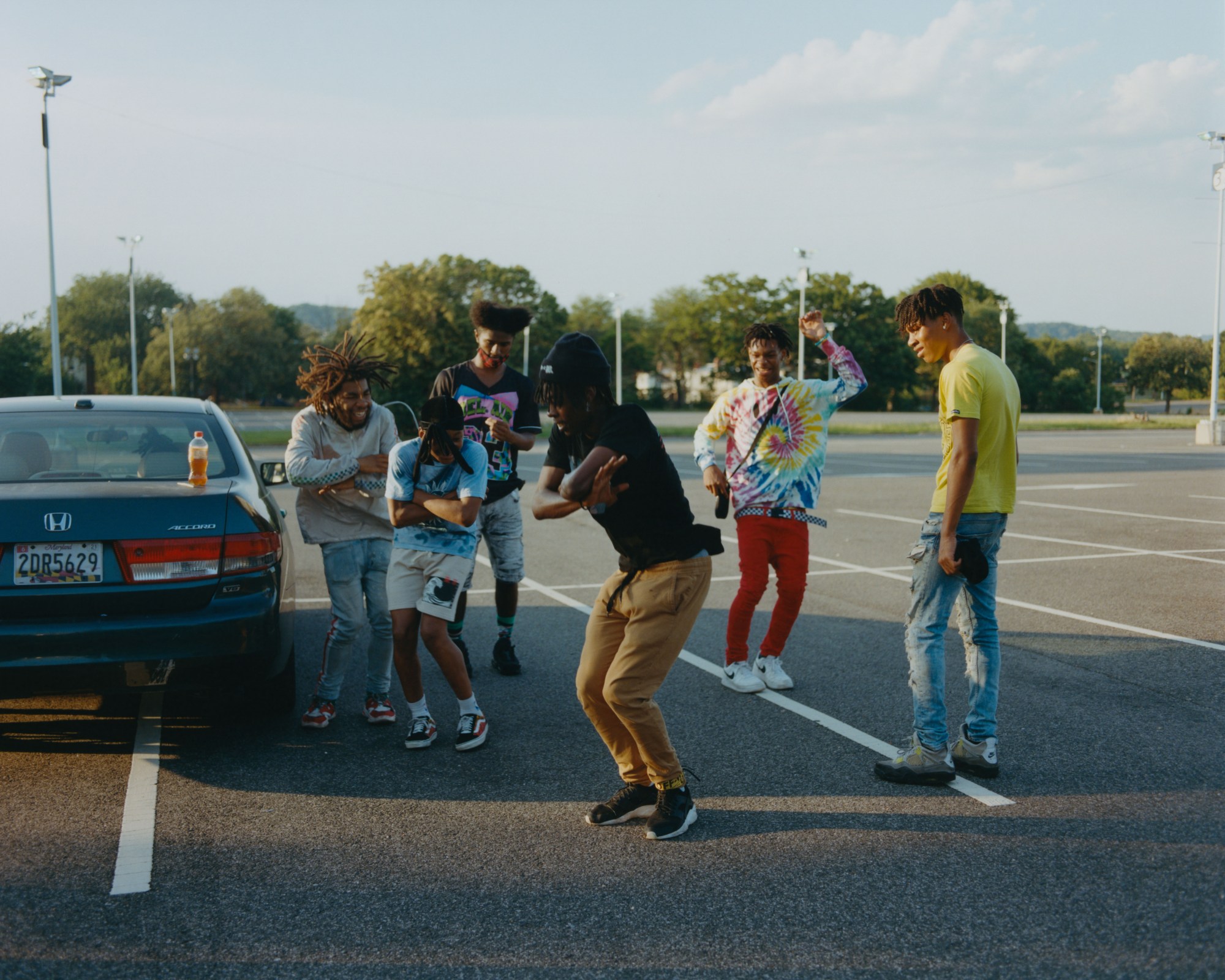In a club called the Maverick Room in Edgewood, DC, Chuck Brown and his band, the Soul Searchers, fused gospel, African beats and jazz with live audience call and response. It was the 70s and funk was all the rage but the lively subgenre of go-go music took Washington by storm. Twenty-nine year old local Nate Langston Palmer didn’t witness its origins but as a 90s kid growing up in, what he calls, “the Chocolate City,” music was everywhere. “Back then, it was the heartbeat of the city,” says the photographer, whose new series Song of Sons, now on show at the Chela Mitchell Gallery, spotlights a young dance crew’s footwork-driven style called beat-ya-feet that’s done to go-go music.
Music and dance was the joy found amid the chaos of Nate’s hometown of Columbia Heights — a neighbourhood devastated by the Martin Luther King riots of 1968 and the turmoil, poverty and violence that followed. From the 70s onwards, people fled Washington as it became the murder capital of the United States until a series of aggressive redevelopments in recent years have brought in a flood of rich, white residents. The Black communities that have stuck by the city are now being pushed out of the neighbourhoods they’ve long called home.

As rent, property values and overall living expenses continue to soar, Columbia Heights has become unrecognisable to Nate. Black communities are “not so centralised anymore, and that has impacted the kind of music actually growing, developing and staying within DC,” he says. “In that way, go-go music has also become this kind of rallying cry entwined with keeping the city affordable, keeping the city Black, keeping DC culture around and alive.”
In 2019, protests swept the city after a new developer filed a noise complaint against Metro PCS, a phone store at Seventh Street and Florida Avenue NW that has sold go-go discs since 1995, forcing them to turn off the music they’ve always blasted from a speaker outside the shop. Petitions, protests and eventually a concert-demonstration called Moechella ensued under the rallying cry: ‘Don’t Mute DC’. Nate met the dance crew later that year, and has been following them around the city ever since.
He was captivated by the quick and complex footwork of beat-ya-feet that does not involve a whole lot of upper body movement. But also by the tender way the young dancers, aged 12 to 25, interacted with one another. In a photograph entitled “Shaun’s Brothers,” a young dancer named Marii sits confidently in the center of the frame with a soft gaze with his brothers behind. “I’m attracted to anything that has to do with Black masculinity and exploring what that means,” Nate says. “Dance is a kind of poetry, it’s another non-traditional way of expressing yourself outside of language, and so I think it’s interesting to see how they choose to present themselves.”

Every spring and summer, the crew organise dance battles under an overpass in Navy Yard, one of the most gentrified neighbourhoods in the city but a space where Black people have always congregated for events, to play music, dance, skate or throw a ball around. There he would watch talented dancers like Cinco, who he photographs in a bucket hat sweaty and facing off someone in a dance battle, and Donnie who dances in colourful shorts.
DayDay, a 24-year-old dancer in the crew who Nate photographs playing music from a graffitied boombox, says the crew are like family. “We’re always here for each other outside of dance, if one of us falls we’re going to make sure we make that person stand back up.” He’s a professional dancer but remembers learning to dance in the street or at his friend’s houses. “I started dancing because it was my happy place. I could throw everybody out and it didn’t matter what they would say or do; I could make people happy through art and make people better through art. If I can get up and dance and make you feel better about your day, then I want to do that.”
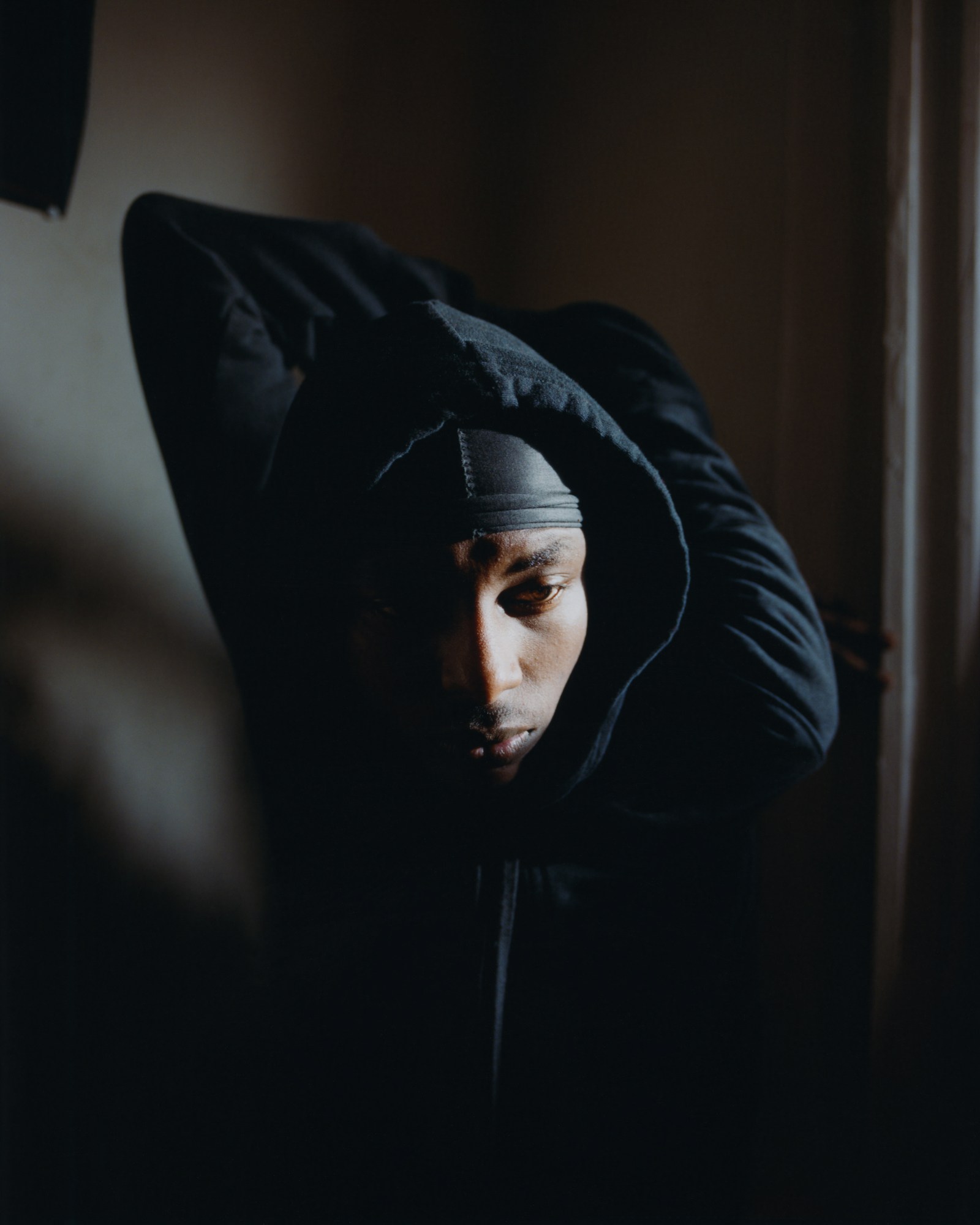
It’s this intimacy and the small moments of introspection that inspired Nate to photograph the crew. “I’m trying to find these super tender, sweet moments between the dancers where we’re just not used to seeing Black men in this way, especially young Black men, showing affection for one another, showing softness in the way that they dance and just showing a sense of freedom in being young and being artists.” One of his favourite photographs shows a man named Key kissing his young daughter Sapphire on the forehead.
Nate has a white mother and Black father and has long grappled with his mixed race identity himself. “It took a lot of exploration, a lot of talking to people and becoming comfortable with myself to figure out where I fit in, and a part of that was figuring out also that there are places that I don’t always fit in,” he says. “Just learning about what it means to be a Black person in this country, and what it means to be a light skinned and mixed race person in this country, and the privileges that come with that because it’s a very different experience from being a dark skinned person in this country. It’s just different.”
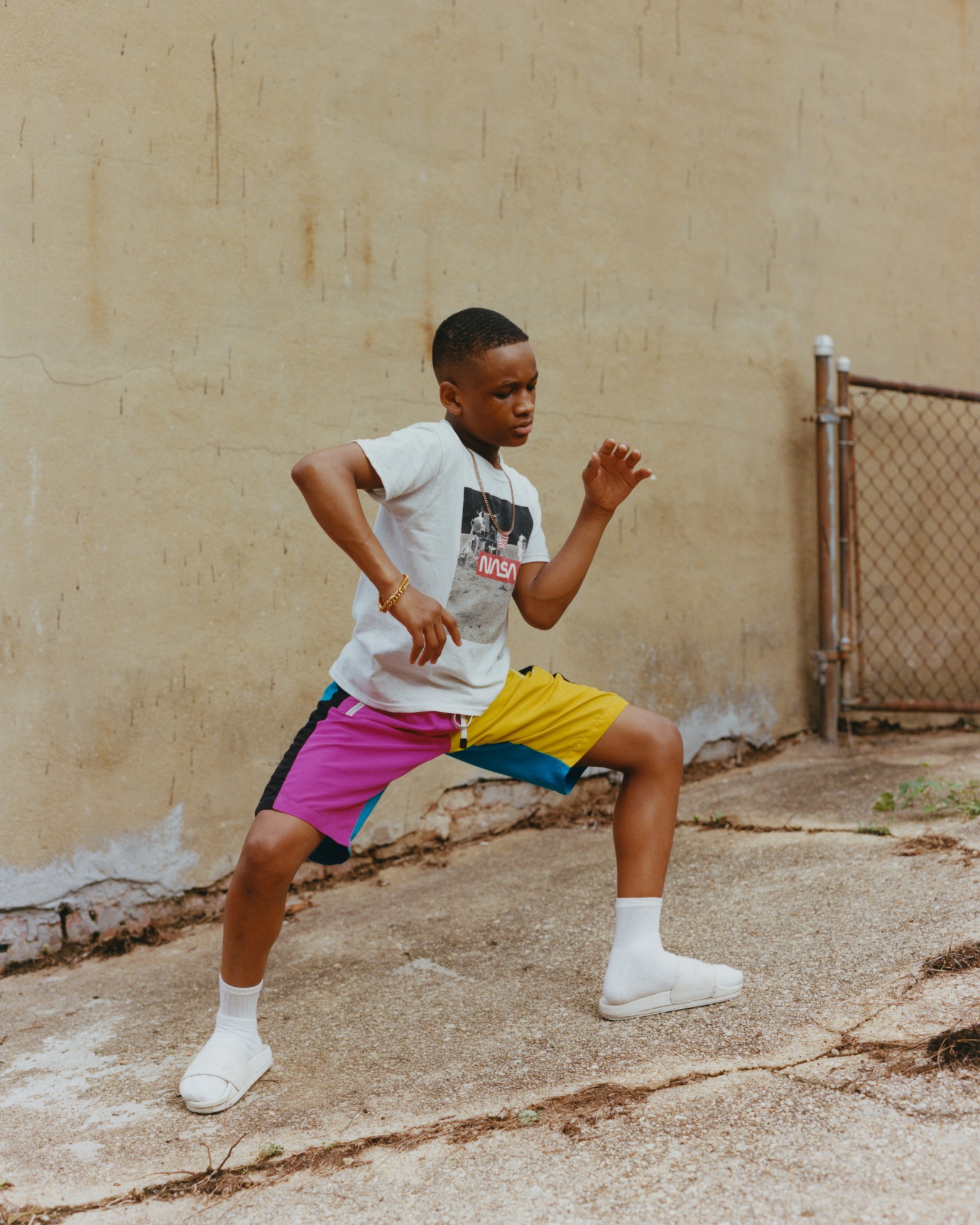
There’s been a lot of discovery and learning, he says, and so much of that has come from photography: an excuse to approach people and ask questions. “A lot of the growth has really come from conversations, and being able to feel a connection with somebody that has repaired so much of the confusion that I’ve experienced about where I belong.” He thinks it’s important for Black people to be telling their own stories and this is one of the first times in history they’ve had the freedom to do that. “I feel very honoured to be able to show Black people in a way that they appreciate and love and feel respected, and feel like it really brings them a sense of dignity and pride.”
“The thing that I love about it is that to them it’s just about dance,” Nate says. “They’ve all done it together as a group since they were kids. They’re not going out and trying to keep DC culture alive, keeping Black culture alive. It’s not that to them, which I love, and it’s really important to me because that’s how it’s always been. In DC in the 90s, people were not going out saying ‘we need to dance because we want to keep DC culture alive.’ They were going out and dancing and playing go-go music because that’s what they loved to do. There’s this level of genuineness to it, because it’s fun. It’s because it’s what they grew up with, it’s what they know. They’re not going out for a more intellectual reason like we need to show DC culture is still alive.” But that’s exactly what they are doing.
Song of Sons is on view at Chela Mitchell Gallery in Washington DC from June 24 to July 31, 2023.

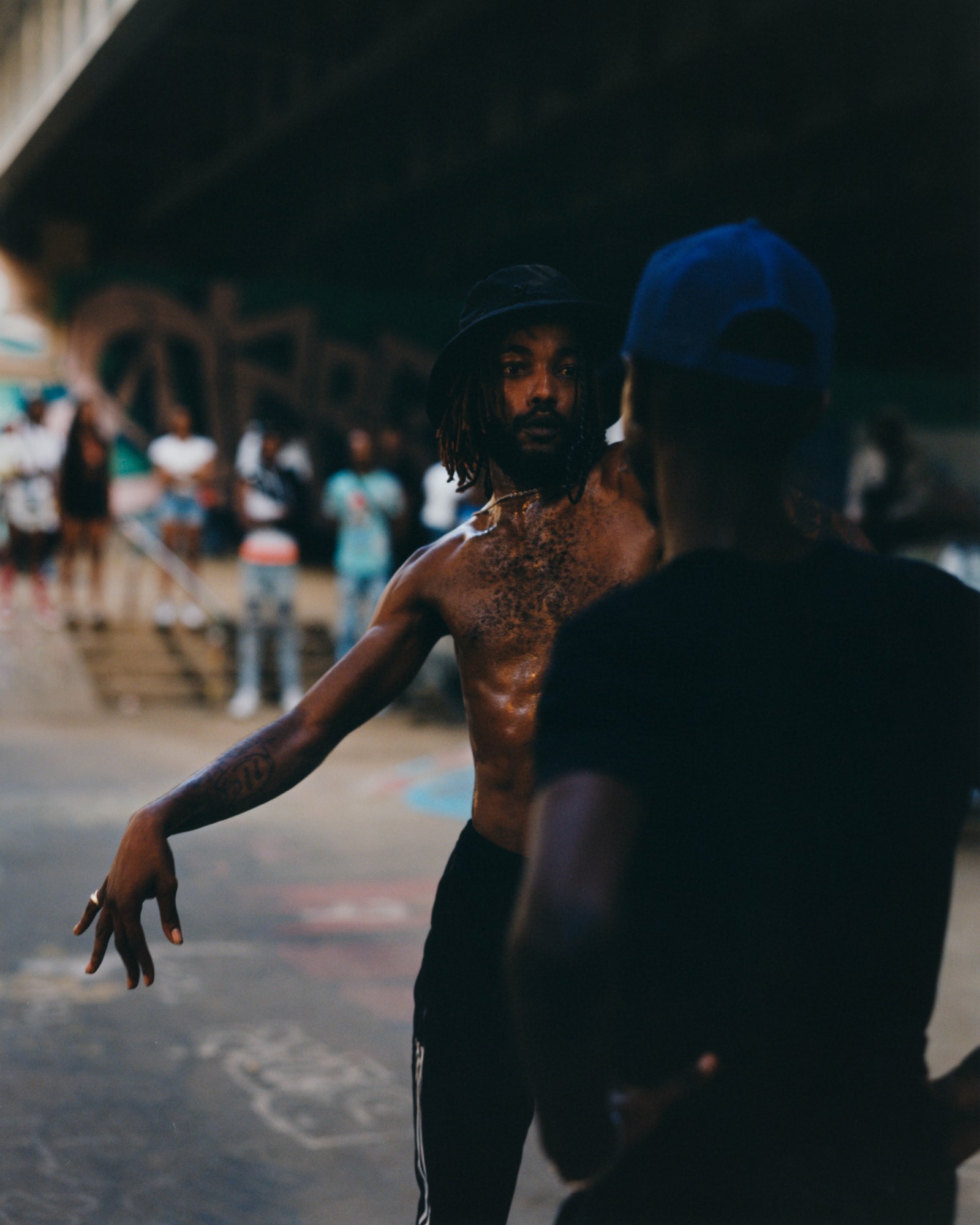
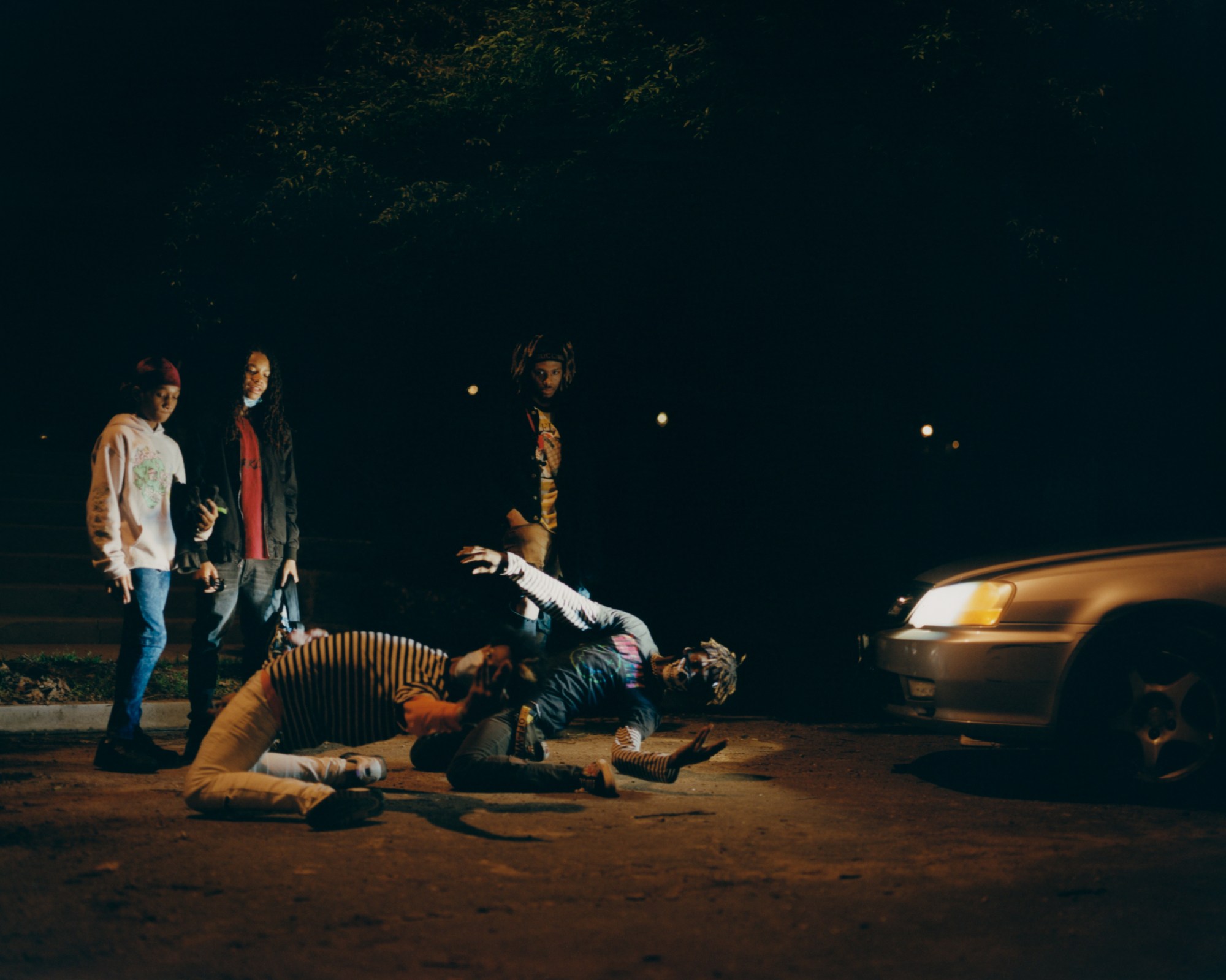
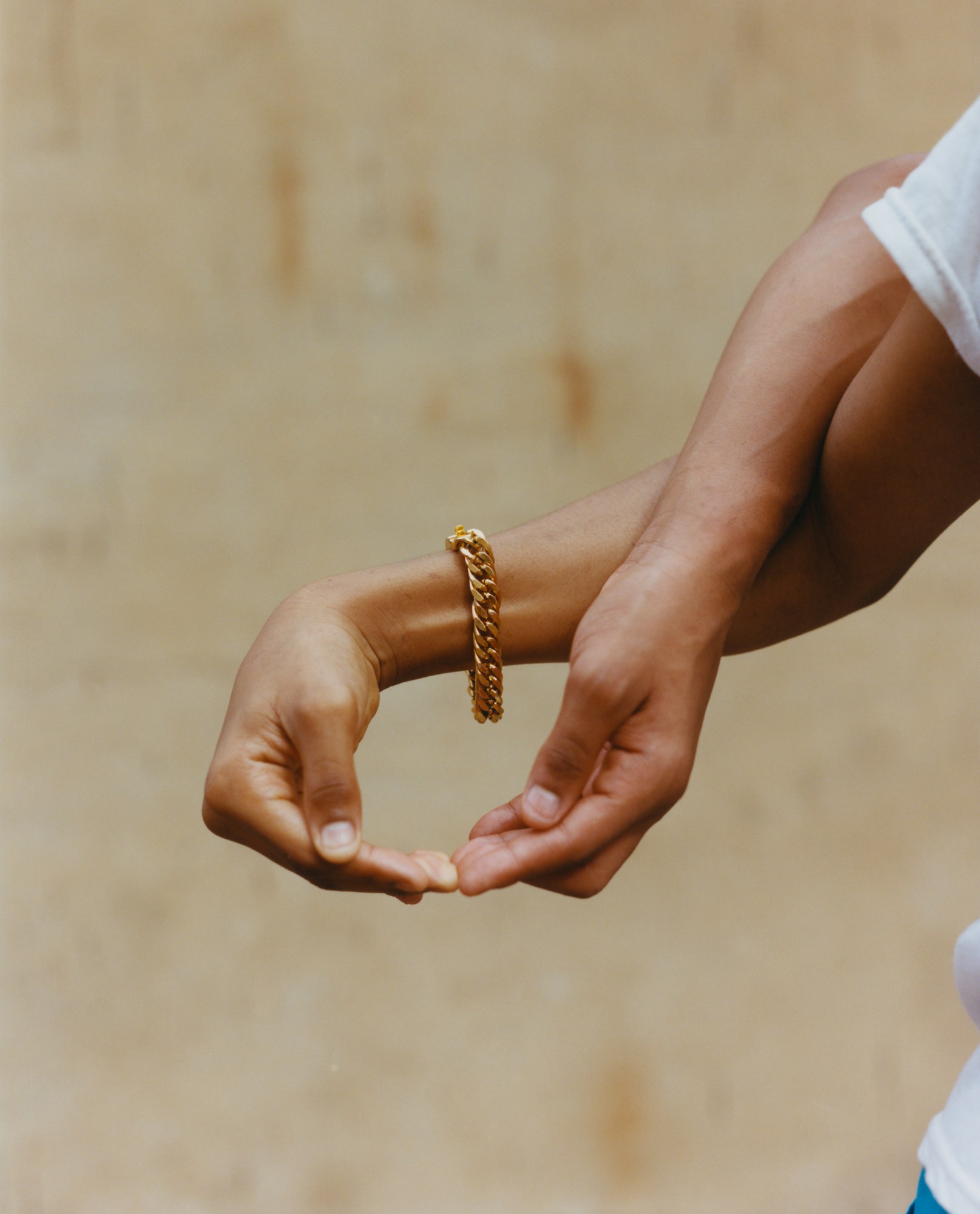

Credits
Photography Nate Langston Palmer
